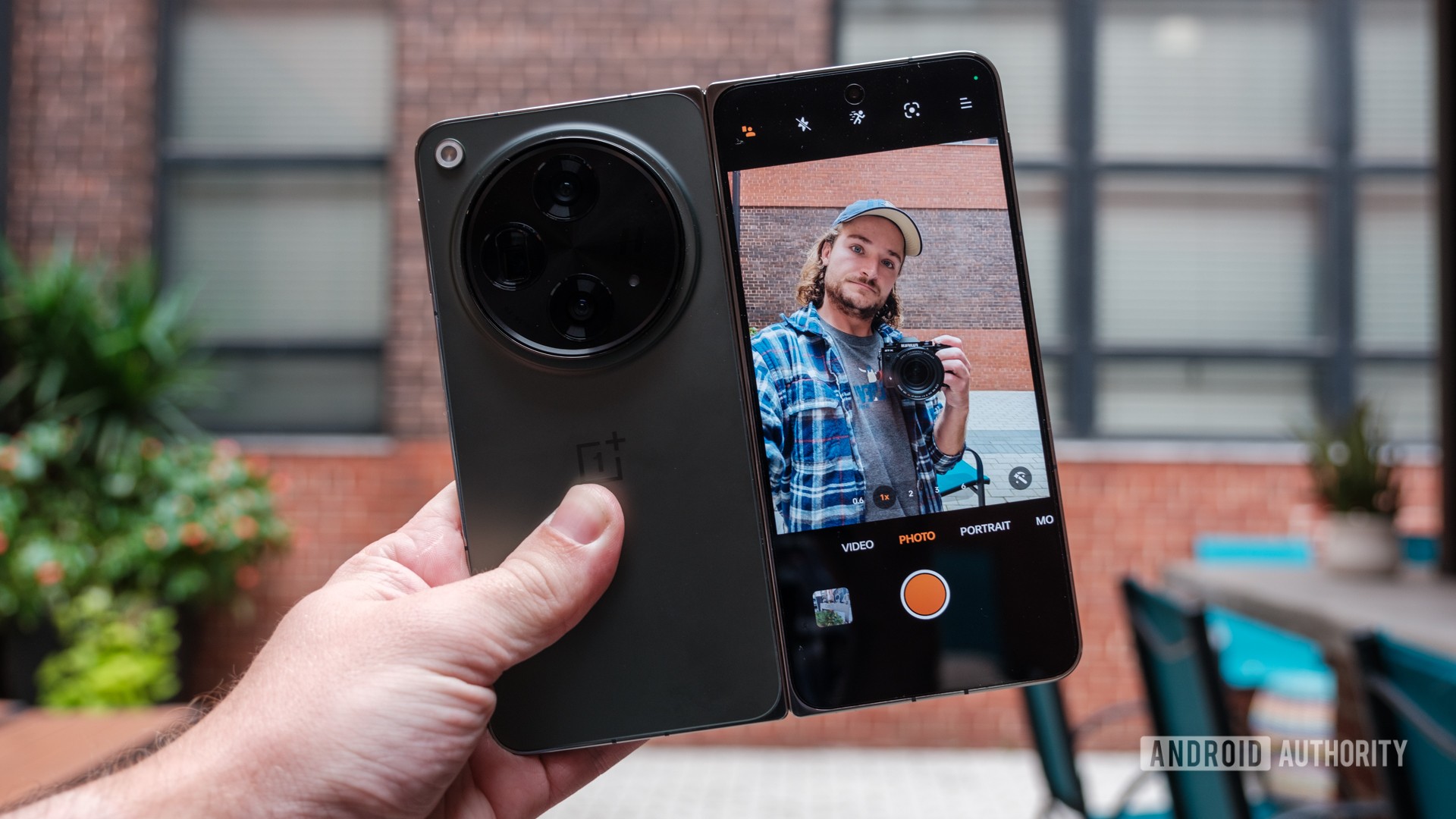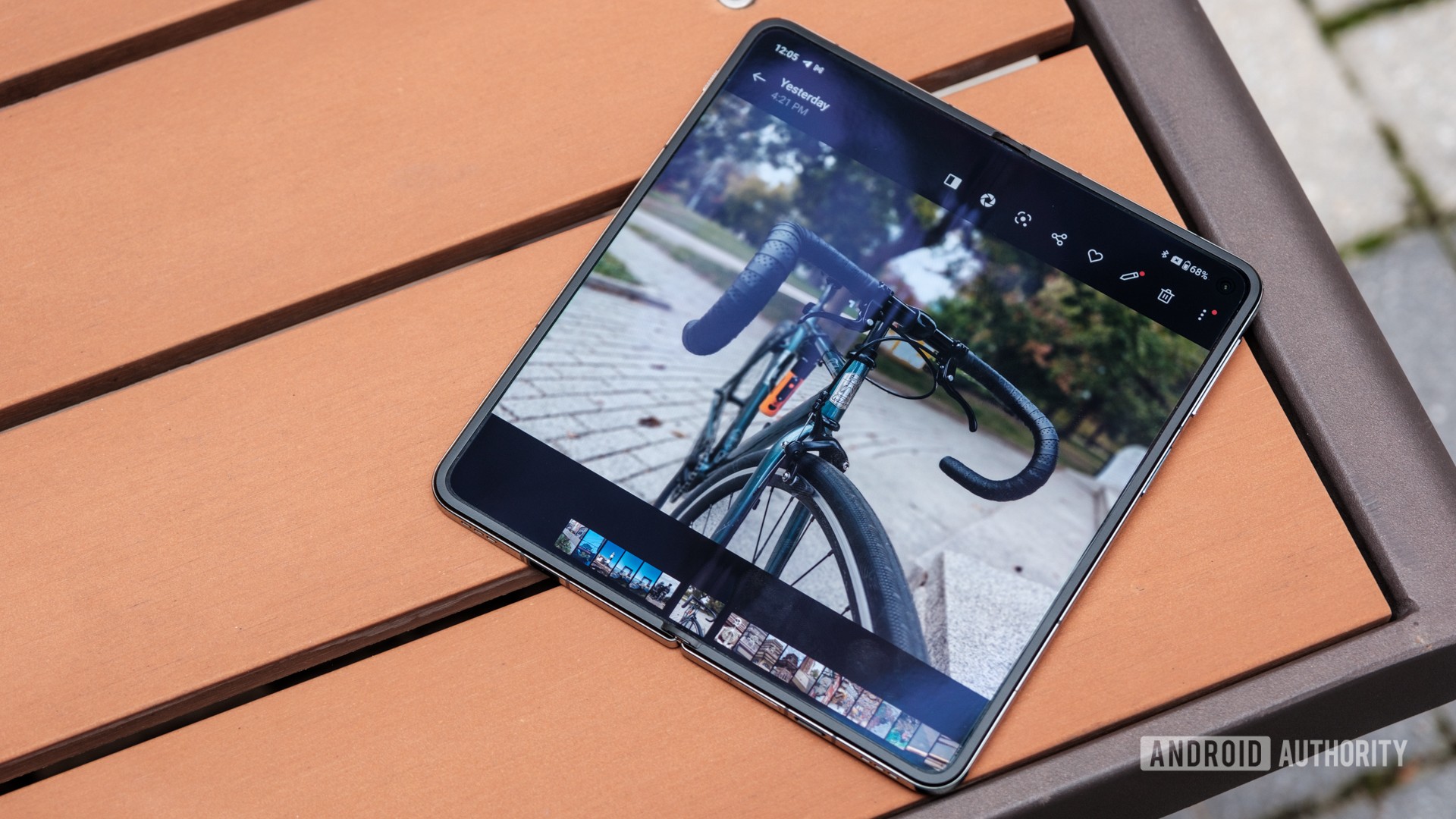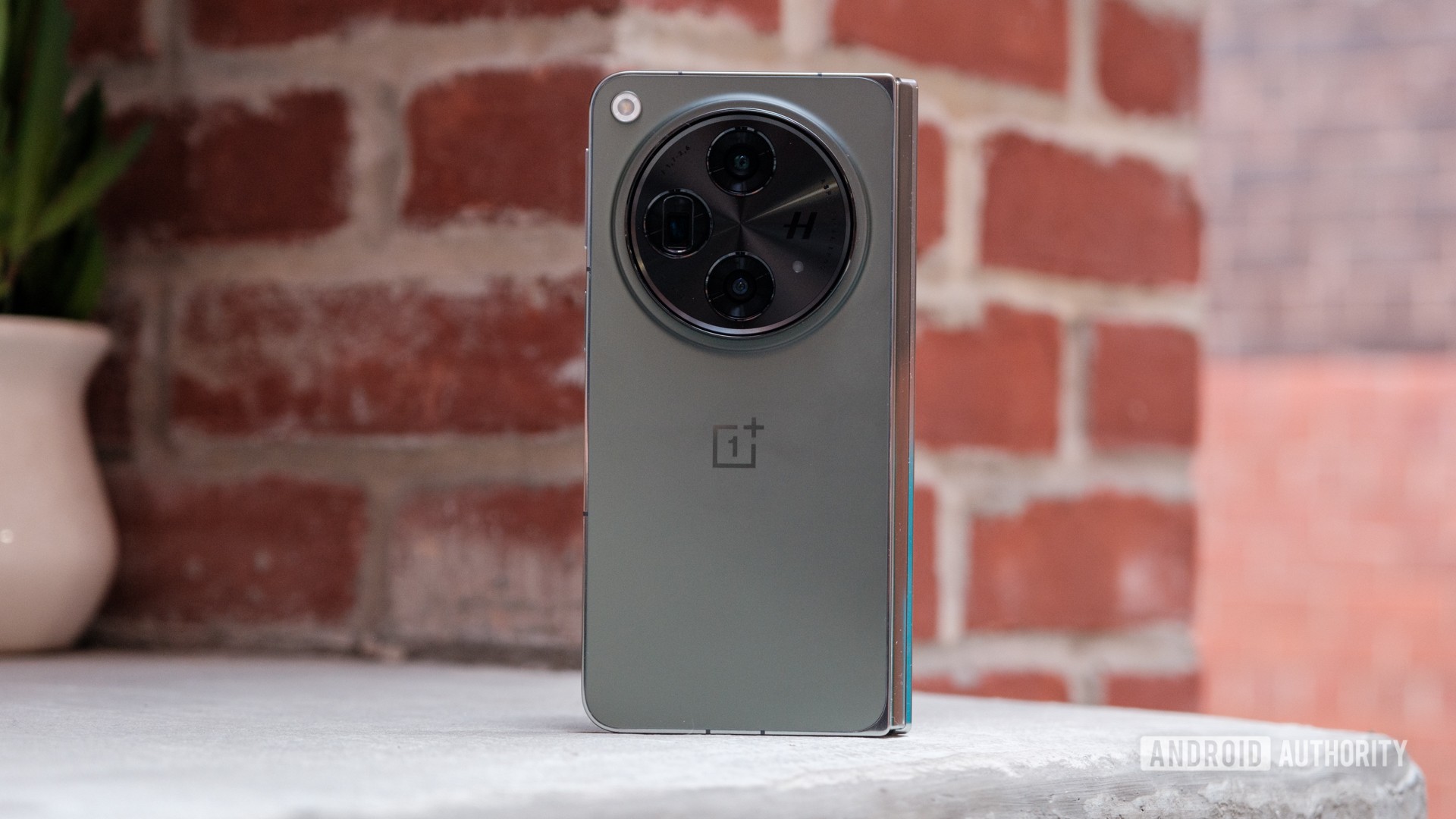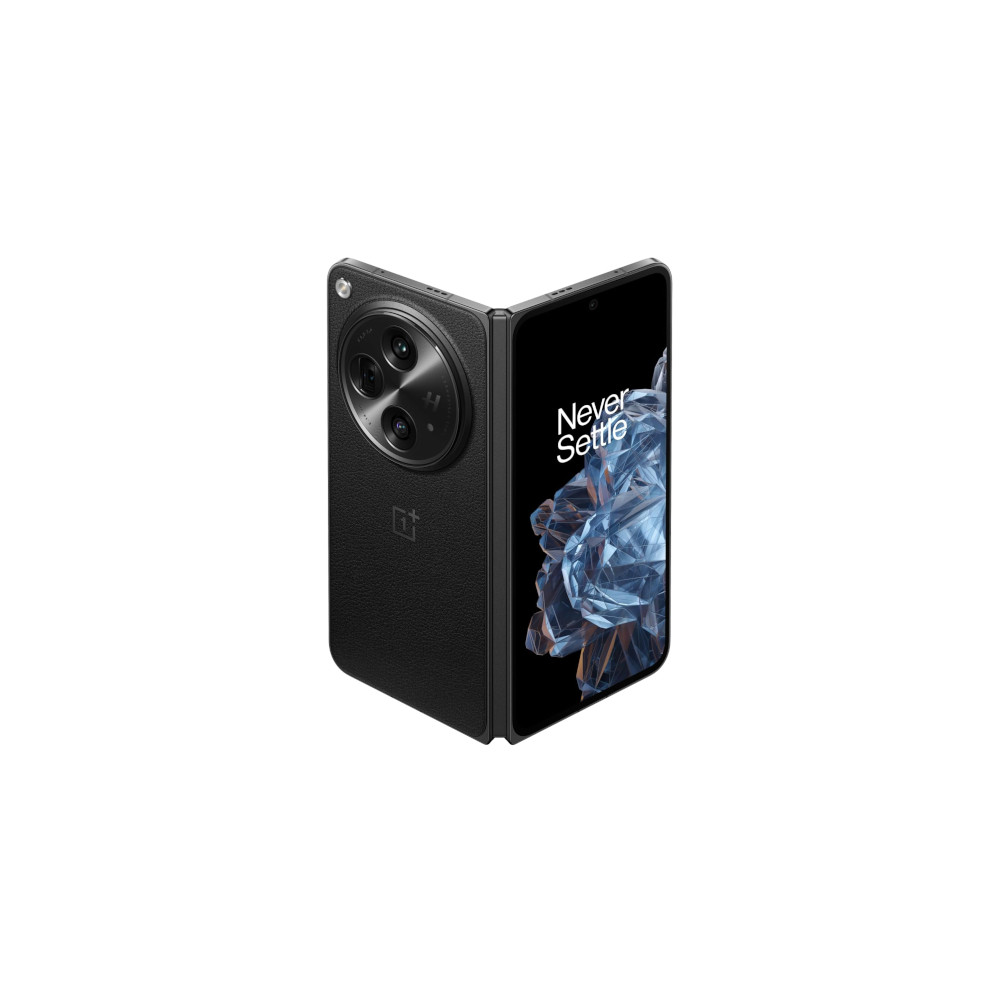Affiliate links on Android Authority may earn us a commission. Learn more.
Does the OnePlus Open really have the best camera on a foldable phone?
Cameras aren’t usually the strongest part of a foldable phone. OEMs tend to focus on smoothing out the crease, slimming down the hardware, and figuring out how to make Android look good on the big screen, at least for the first few generations. Only then do they start bringing the cameras up to speed. In the case of OnePlus, however, its brand-new Open feels like it was born on third base thanks to its co-development with OPPO, a company that’s well-versed in the foldables rat race.
As a result, OnePlus skipped much of the initial teething process and jumped right to a refined setup that lands among the best foldable phones, but is it good enough to claim the title of best camera on a foldable phone? I’ve spent some time testing the phone out, and while our full review is still in the works, I’ve already got a lot of thoughts on the OnePlus Open camera suite that I need to get off my chest.
Stacks on stacks on stacks (of sensors)
As mentioned above, OnePlus developed its foldable, the OnePlus Open, in tandem with OPPO and its Find N3. When we say co-developed, we mean that both devices are identical, with slightly different branding and color options. We can save the argument for who contributed to which parts of the foldable for another day, but the result is that OnePlus has a significant leg up with its first-generation foldable — especially regarding the cameras.
It’s quite frankly impossible to miss the camera bump on the back of the OnePlus Open. The massive circular bulge is pretty much ripped from the back of OPPO’s China-only Find X6 Pro flagship — at least stylistically — complete with a trio of high-resolution lenses. OnePlus tapped Sony’s brand-new LYTIA LYT-T808 as the star of its show, packing 48MP into the 1/1.43-inch sensor. It’s backed by a 64MP OmniVision OV64B telephoto sensor that offers 3x optical zoom and a 48MP Sony IMX581 ultrawide camera with a 114-degree field of view. Both peripheral lenses fill out the hefty bump with 1/2-inch sensors.
Co-developing with OPPO helped OnePlus skip most of the trial and error with foldable camera hardware.
The OnePlus Open has a capable set of selfie lenses, too. You can use the rear trio in the same way as any other foldable phone, but there’s plenty of power in the punch hole selfie cameras as well. OnePlus calls the punch hole on the internal display its primary selfie camera, though its 20MP resolution isn’t quite as sharp as the 32MP option on the cover display. The cover display selfie camera uses a slightly larger sensor, though the individual pixels are the same size. Either way, the selfie options should outperform the under-display option on the Galaxy Z Fold series.
Compared to just about every other foldable on the market, it’s not hard to see where OnePlus has an edge — in sheer megapixels. Of course, we’ve said time and time again that megapixels don’t really matter when crafting a great camera phone; it’s mainly about the size of your sensor and the power of your processing. With that in mind, let’s jump into the Open’s unique primary sensor.
LYTIA vs IMX: What’s the difference?

Sony’s IMX camera sensors have been the go-to on flagship smartphones for a while. They’re large — approaching a full inch — and powerful, leading brands to trust them year after year. However, the OnePlus Open doesn’t have an IMX-branded primary sensor — it has a LYTIA one. So, what’s the difference?
Put simply, LYTIA sensors are a relatively new development from Sony, and they’re designed to use an updated stacked sensor design that captures massive amounts of light using a smaller sensor. Stacked sensors aren’t entirely new, but the LYTIA LYT-T808 uses a different dual-layer architecture that separates the pixel transistors from the photodiodes. This layered setup allows the sensor to use space more efficiently and increases the full-well capacity.
To get even nerdier with the details, the LYTIA LYT-T808 has an FWC (full-well capacity) index of 40,000e. That means it can hold 40,000 electrons per pixel before becoming saturated. By comparison, today’s most powerful 1-inch sensors have FWC indexes of around 48,000e. There’s still a gap, sure, but the 1/1.43-inch LYT-T808 sensor is significantly smaller. The improvement in light capture is even more noticeable against smaller IMX-branded sensors like the IMX890 used in the OnePlus 11. That slightly smaller 1/1.5-inch sensor has an FWC index of just 16,500e — less than half of the LYT-T808’s capacity.
The power of processing

Great hardware is, of course, only one part of the camera equation. Crisp post-processing usually plays just as much of a role in getting usable shots. I won’t claim that the Open is quite as good at post-processing as the Pixel Fold, nor does it have all the same camera tricks, but OnePlus seems to have taken a page from Google’s book. Much like how you can snap a photo on a Pixel device and hop into your camera roll to watch it process, the Open saves its finished product until after you press the shutter.
Honestly, shots don’t always look great in the Open’s viewfinder, but they tend to process really well after the fact. What I mean is that OnePlus doesn’t apply its ProXDR treatment — similar to HDR brightening — until you’ve captured your image. You can easily toggle ProXDR on and off in the Photos app, allowing you to see your shot with and without the effect, though I find myself leaving it on most of the time.
Occasionally, however, I get a little frustrated with the delayed processing. If I need to capture a quick, reliable image, I don’t want to hop into the Photos app to ensure I got the shot. I would rather have a preview that’s a bit closer to the final product than a result that looks much better than my initial composition. That’s not just a complaint for OnePlus — Google’s Tensor-powered processing wheel is often slow as well — but the Open is the current victim of my ire.
OnePlus Open camera samples and impressions

Alright, the moment everyone has been waiting for: here are the OnePlus Open camera samples. We’ll dig further into samples of all shapes and sizes in our full review, but these are a few of the shots taken from my initial time with the device. There’s a mix of day and night shots and landscape and portrait orientations. I won’t dive into every little detail, but there are a few trends worth pointing out.
For starters, the detail is excellent out of the OnePlus Open’s primary camera. Each little scribble on the sticker in the middle is visible, and it’s easy to pick out the petals on the bush of mums to the right. OnePlus also seems to have nailed the tangled pink tree on the bottom row, preserving individual limbs without completely oversaturating the reds or greens.
The shot of the buoys to the left was one of my first photos taken with the OnePlus Open, and it set the bar high. This version doesn’t have as much pop as the ProXDR treatment on the Open itself, but it still offers good detail in the wood and a nice fall-off as you get to the crab traps in the background. The nighttime scene of the reflecting pool to the right tells a similar tale, sacrificing its neon blue punch once pulled off the OnePlus Open.
I have more portrait-mode snaps of fellow tech journalists and YouTubers than I’d like to admit, but the OnePlus Open fared reasonably well in tricky lighting conditions. You can still make out the left side of the face of Phandroid‘s Nick Gray and the collar of his jacket despite the harsh overhead lighting. I was concerned that the Open would miss parts of his collar when segmenting for portrait mode, but it seems to have captured the edge nicely.
Opening up to a few portrait-oriented shots, the Open can be a bit of a mixed bag. The image of the Statue of Liberty to the left is a highlight from my time with the phone. I captured it at 6x zoom (an optical crop from the 3x telephoto sensor) while several other writers struggled to get the same shot. So far, I’ve noticed that the Open struggles a bit at night unless you drop the exposure, which can be challenging in quick situations. It’s not particularly strong when zoomed past 10x, either. If you know who she is, you can tell that the woman playing guitar is boygenius’ Lucy Dacus, but you’d want CSI’s zoom and enhance feature before you share the shot on social media. I do, however, like how the Open captured the lighting on the bottom of New York’s Little Island, reflecting the sun off the water nicely ahead of the Made By Google event.
I’m not one to use the rear cameras for selfies — it’s just not practical when you can’t see the shot you’re taking — nor do I feel a need to do so with the OnePlus Open. Both shots below were taken with the front-facing punch hole in all its 20MP glory. There’s still plenty of detail through my hair and across the bricks, and the portrait mode processing picked up the edges of my sweatshirt well enough. It did chop off a few wisps of hair, which isn’t great, but the colors and details on my face are accurate and clean.
OnePlus Open camera: The verdict
Now that the dust has settled and our review has long since been published, it remains safe to say the OnePlus Open sits among the company’s best. Its influence from OPPO is unmistakable, but I don’t think that’s a bad thing. OnePlus took several of the Find N series’ best traits — the wider aspect ratio, shallow crease, and refined finish — and brought them into competition in the US. Mix in an impressive camera setup and a lower initial asking price, and the OnePlus Open can make Samsung’s Galaxy Z Fold sweat.
Is the OnePlus Open the best foldable camera phone right now?
Perhaps the most important thing that the OnePlus Open has taught us so far is that Sony’s IMX line isn’t the end-all-be-all for mobile imaging, its LYTIA sensors are pretty good, too.

